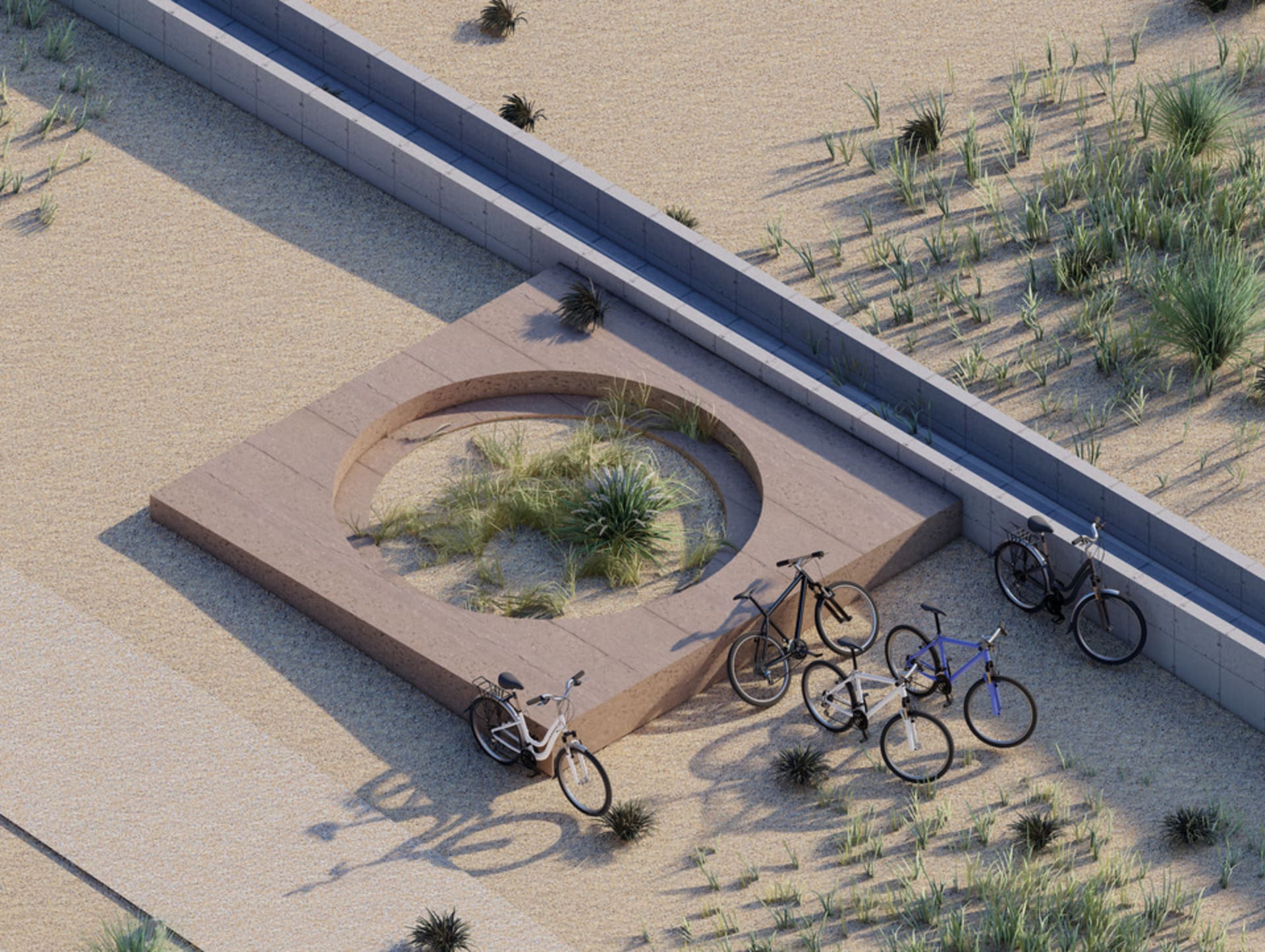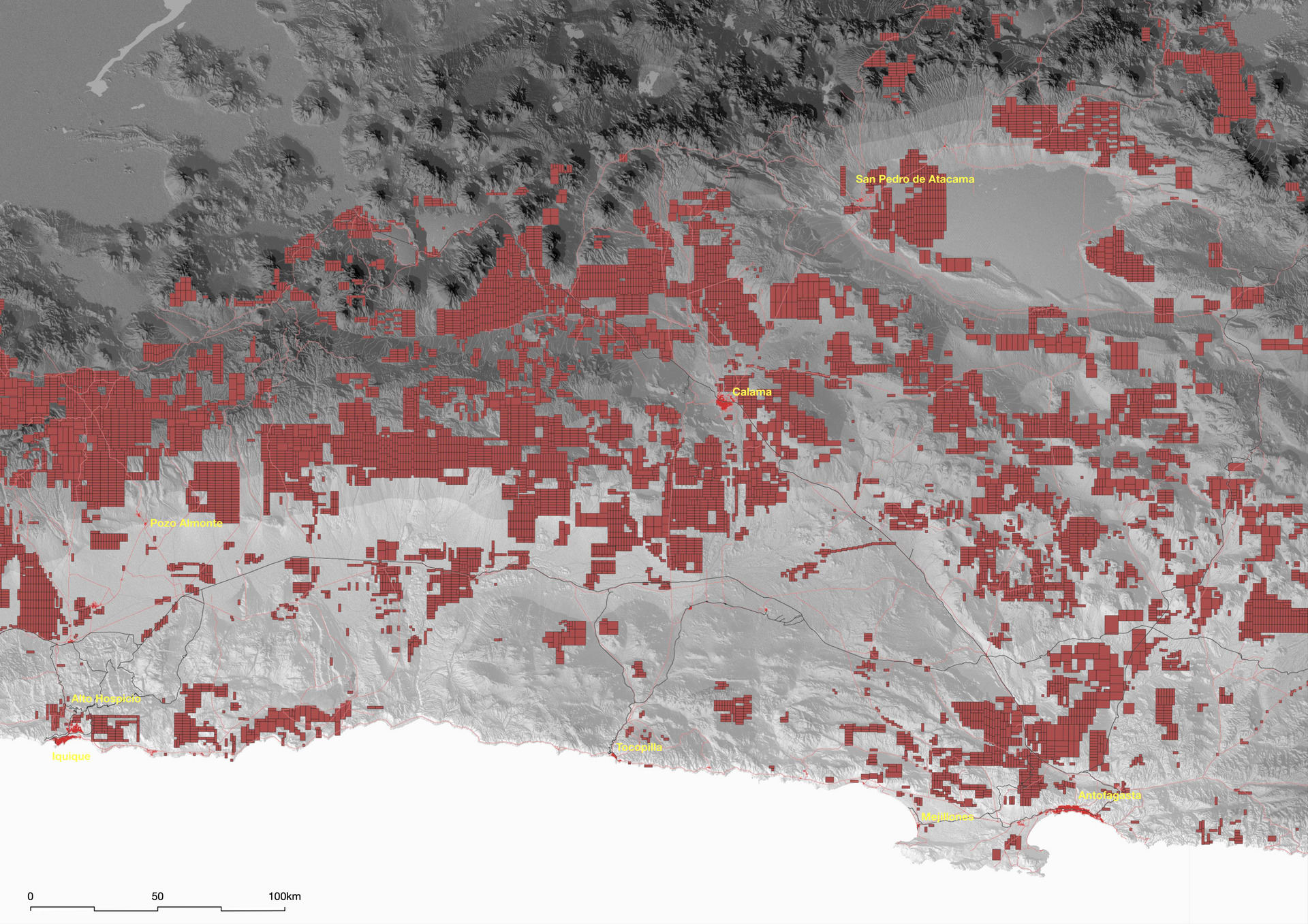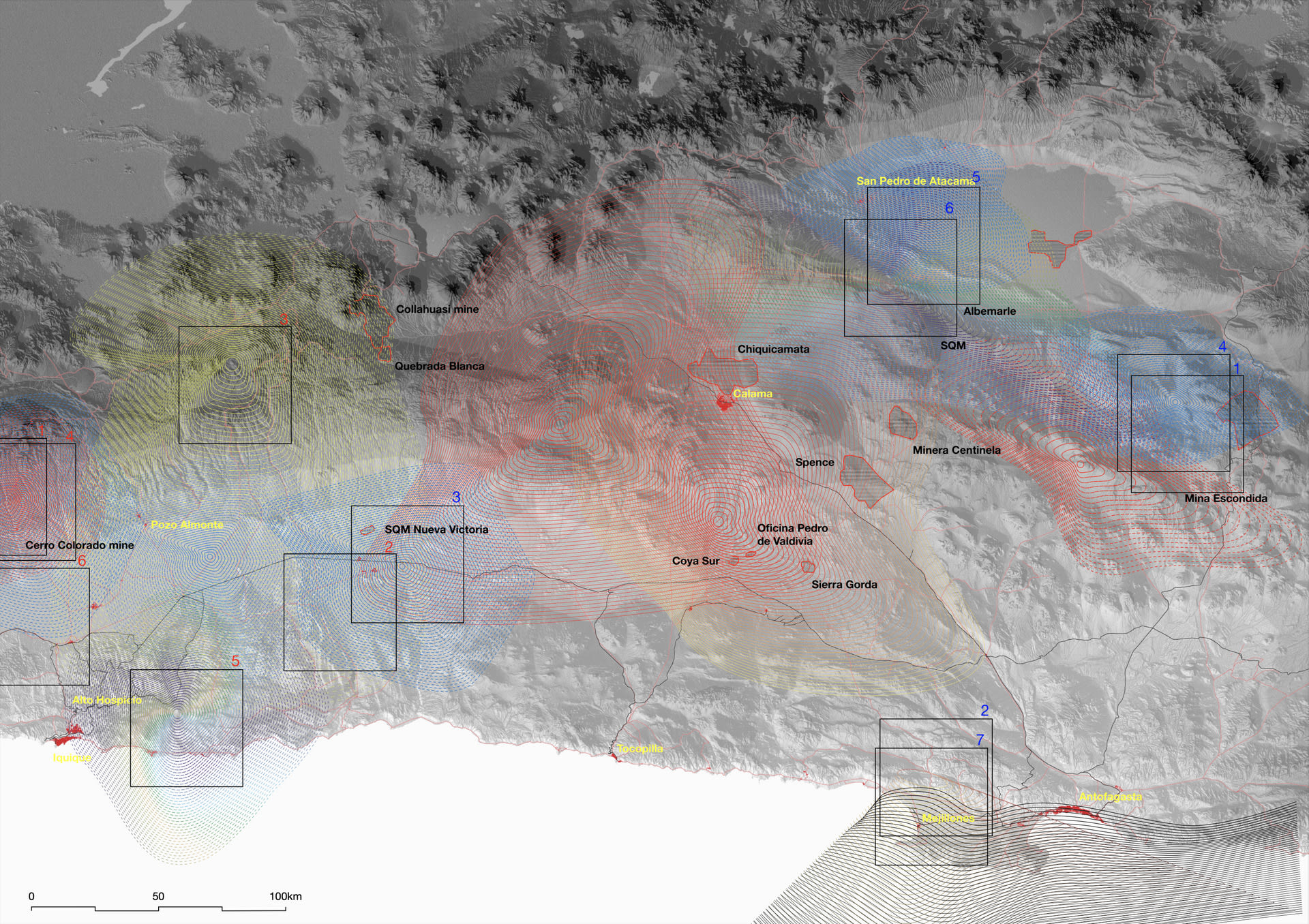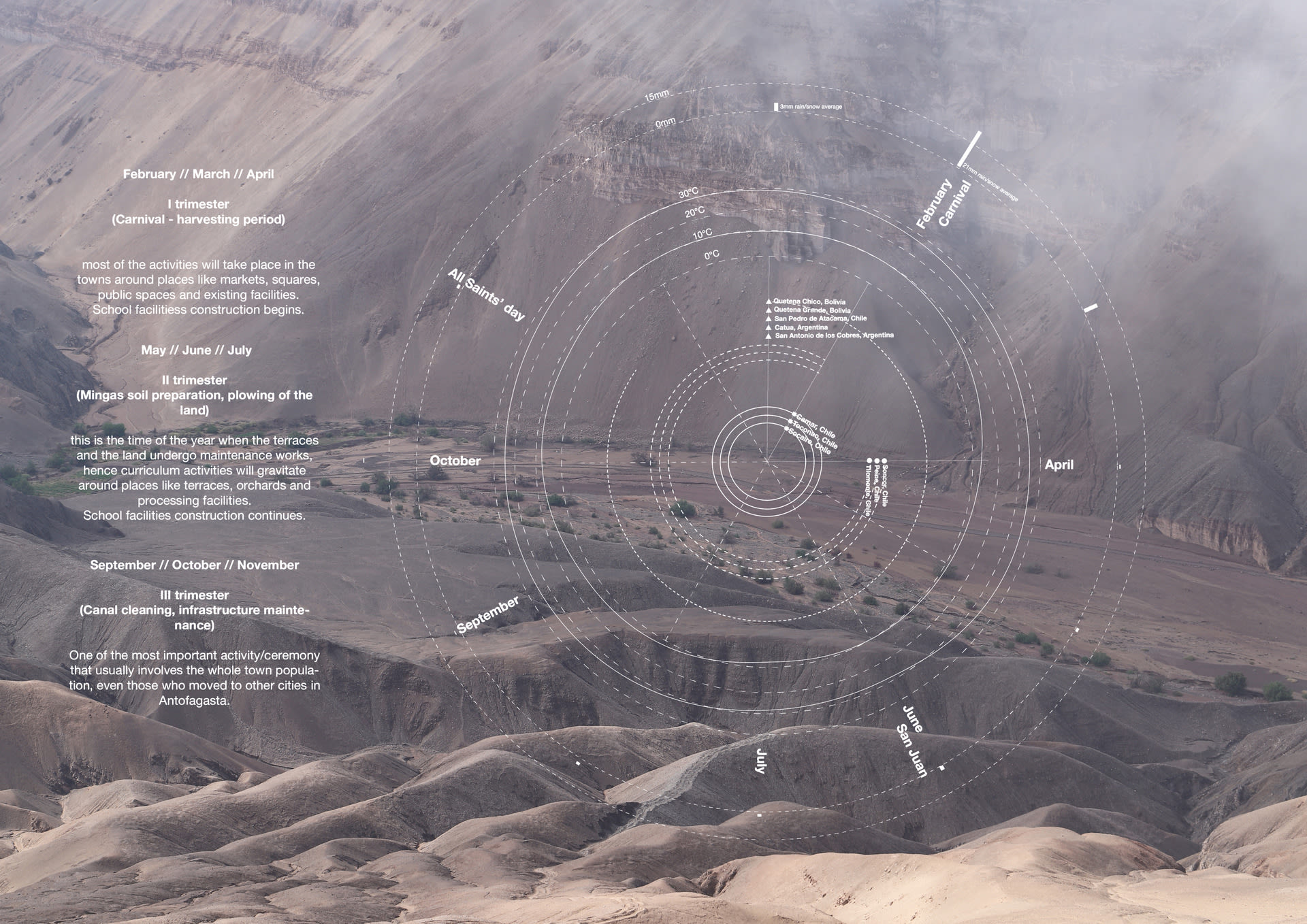Antonio del Giudice is an architect and independent researcher currently based in London.
His work focuses on processes of commoning, environmental conflicts and design strategies that promote democracy and inclusivity with the aim to undermine crystalised and conservative power structures.
Before joining MA Environmental Architecture at the RCA he has worked with different architecture practices, like architecten de Vylder Vinck Taillieu and June14 Meyer-Grohbrügge & Chermayeff.















